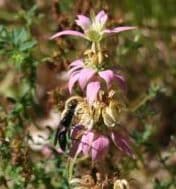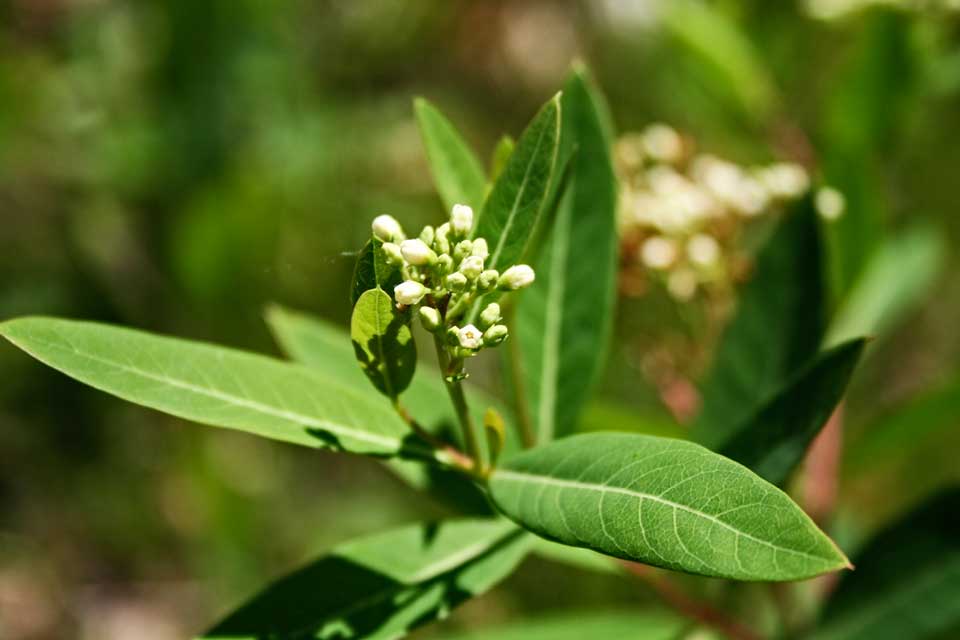The garden is always full of surprises, but this has been one of those years where something new greets me almost every week. On the positive side, early this spring it was the squirrel corn (Dicentra canadensis) which I hadn’t seen in bloom for 10 years. The rose trillium (Trillium catesbaei) was next, it emerged after a 5 year hiatus. On the negative side, poison ivy seems to be having a fabulous year with populations being much larger than I have seen. Yikes!
Recently my crew has been working on obliterating a very dense invasive patch near the shop. Everything is there – oriental bittersweet, lots of multiflora rose, buckthorn, privet, barberry. It is one of the last big invasive plant control projects around the Sanctuary buildings that we need to complete. After we remove a large stand of invasive plants, monitoring goes on forever – it is important to maintain areas after the hard work that we put in to eradicate some of these dense stands. Monitoring is necessary, but takes much less effort than the original removal and provides very satisfying results. Periodically, we take a break from some of this grueling work to enjoy the beauty of the gardens.
This week I was walking through an area of tall grass. I was monitoring and looking for black swallowwort, another invasive that is particularly hard to kill. I came across a green fringed orchid (Platanthera lacera) blooming in the grass. It might have been easily overlooked as it blended in with the grass stalks. What a find! Although the green fringed orchid is found throughout the eastern United States and Canada, as an orchid, it is not always commonly seen. Orchids can be unpredictable, they do not always come up in the same location every year – sometimes remaining dormant at a site for quite a few years, then surprising us when they emerge and bloom. The flowers of the green fringed orchid are very delicate and “fringy” looking because the petals are so deeply cut. There is only one large leaf at the base and the flower stalk, although robust, is not exceptionally large. It is certainly an easy plant to overlook.
Some of our other summer-blooming orchids are easier to see. The purple fringed orchid comes in both a large and small variety. They are noticeable, however, for their lilac-colored flowers. White fringed orchid is more common in the Great Lakes region, but it can still be found in parts of western Massachusetts. My best tip is to look in wet meadows, as many of these species prefer moist soils or wetland habitats.
Now is the time to go out and explore the region for our summer blooming orchids. There are several species that can be found in our area. None are common, but they are always a surprise when you come across them.



